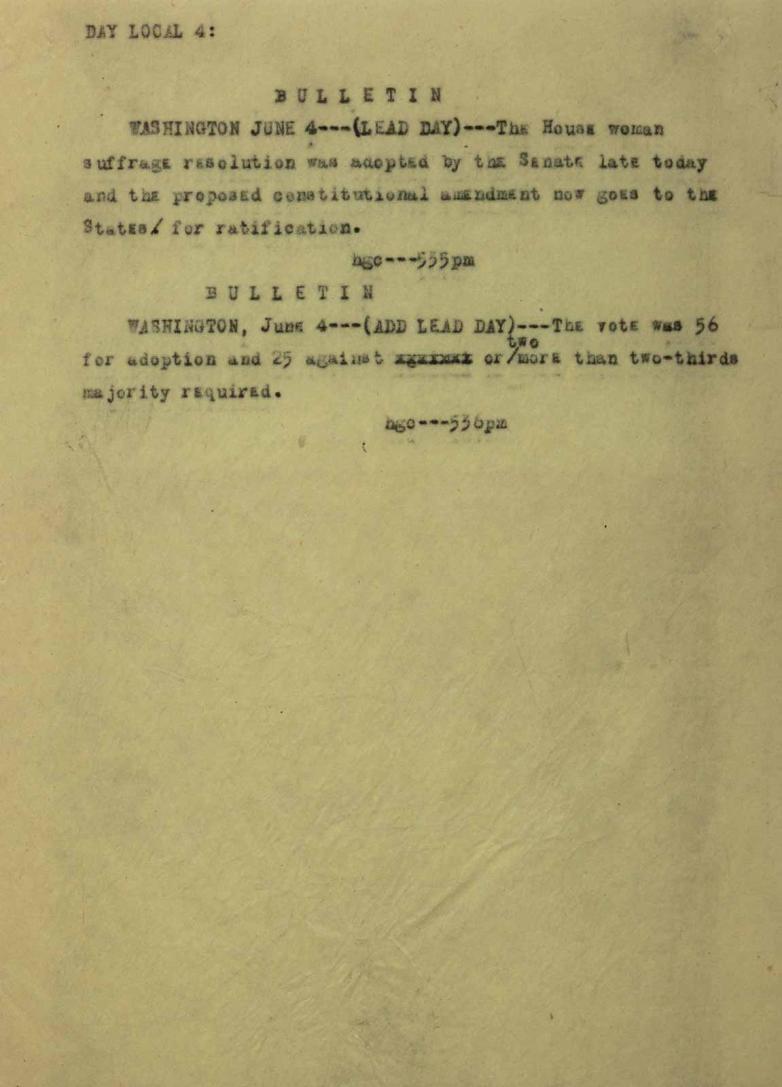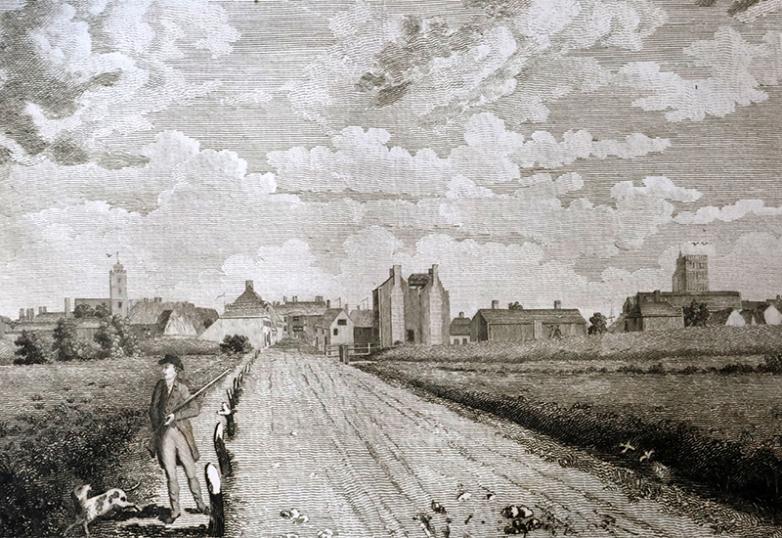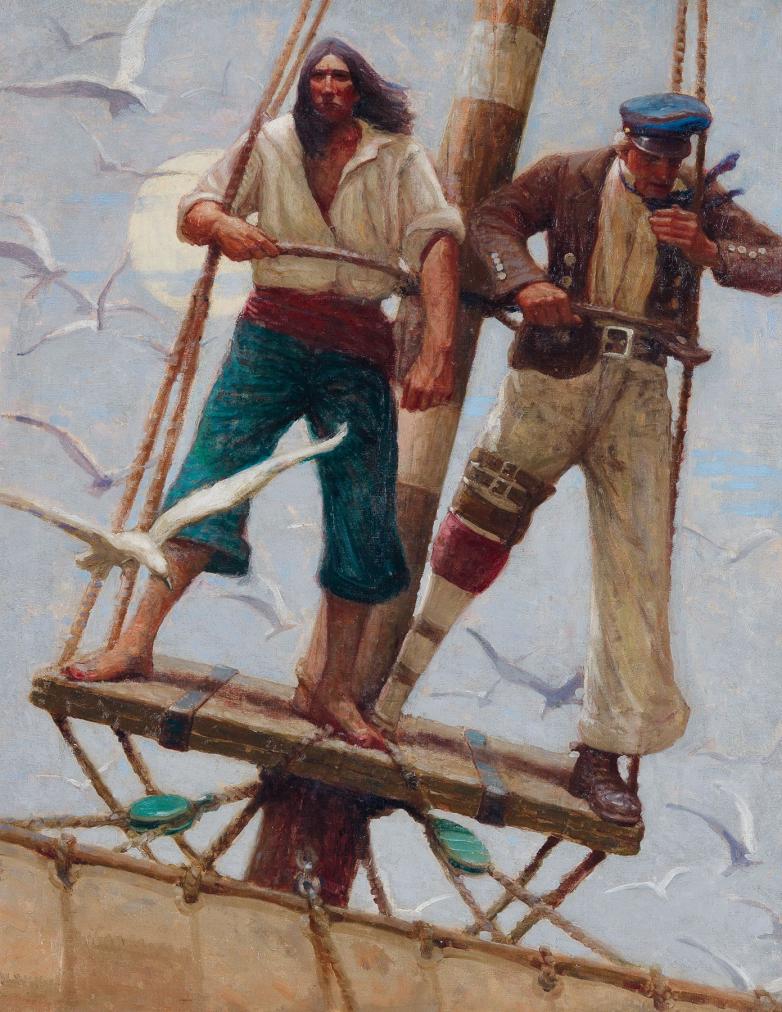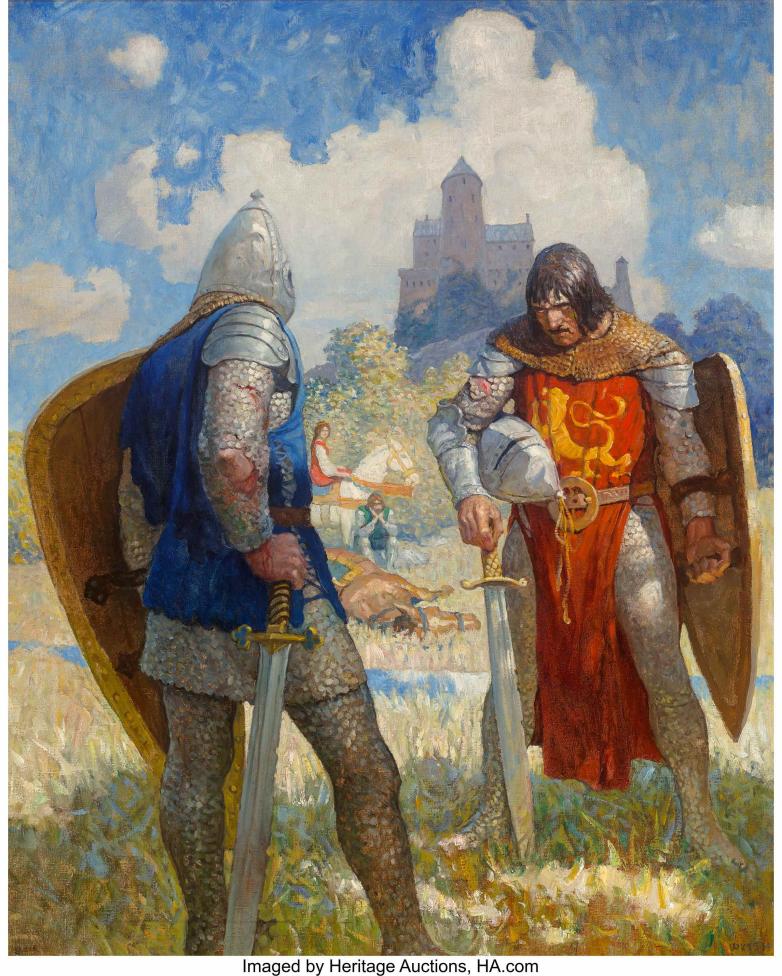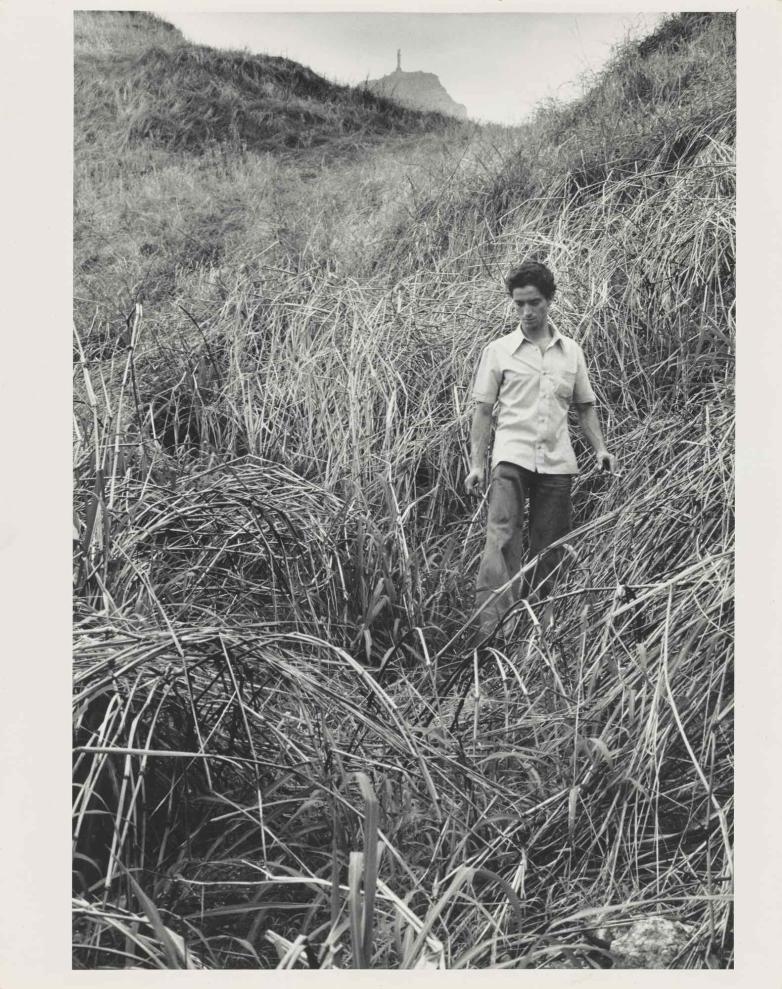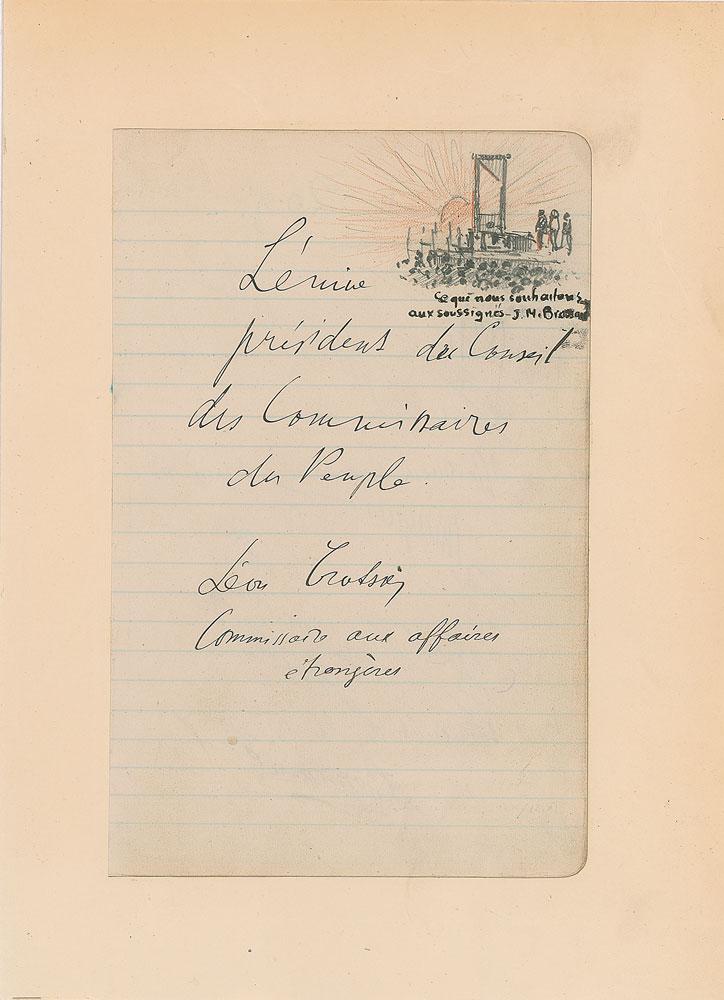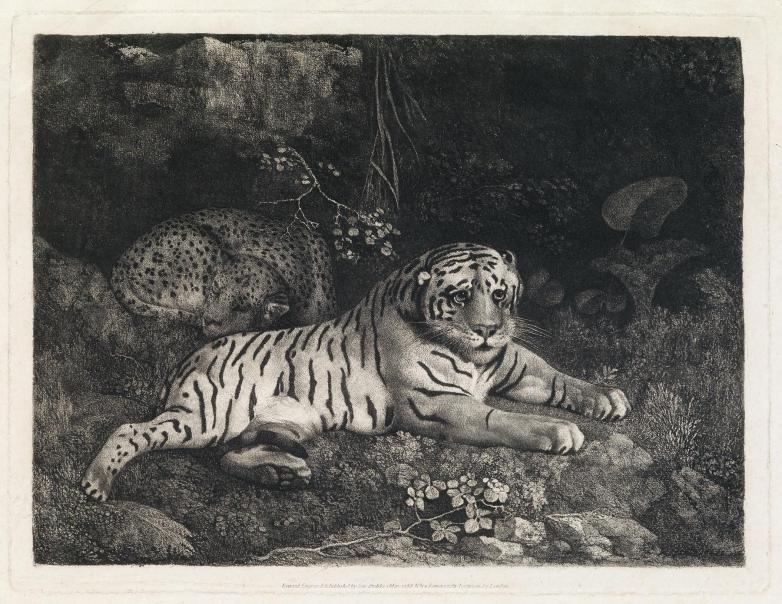New York City – The New England Society in the City of New York (NES) is pleased to announce the winners for the 2019 New England Society Book Awards, which honors books of merit that celebrate New England and its culture. The winning authors were announced last night at the annual Founders’ Day celebration and will be honored at a special event on June 26 at the National Arts Club, New York. Whether connected to New England by geography, history or spirit, this distinguished group of books present a broader view of the world from a variety of perspectives. There is something for everyone among this year’s winning titles. The NES Book Awards are presented each year to authors of books published in the previous 12 months. This year’s winners include:
• ART & PHOTOGRAPHY: The Art of Curating: Paul J. Sachs and the Museum Course at Harvard by Sally Anne Duncan and Andrew McClellan (Getty Publications)
• FICTION: The Maze at Windermere by Gregory Blake Smith (Penguin Random House, Viking)
• CONTEMPORARY NONFICTION/BIOGRAPHY: Searching for Stars on an Island in Maine by Alan Lightman (Pantheon Books)
• HISTORICAL NONFICTION: Our Beloved Kin: A New History of King Philip's War by Lisa Brooks (Yale University Press)
• SPECIALTY TITLE: A Naturalist at Large by Bernd Heinrich (Houghton Mifflin Harcourt)
Founded in 1805, NES is one of the oldest social and charitable and cultural organizations in the United States. For more than 100 years, prominent writers such as Mark Twain, Ralph Waldo Emerson, Louis Auchincloss, William F. Buckley Jr., David McCullough, Dominick Dunne and Nathaniel Philbrick have been honored by the New England Society. The Book Awards carry on these literary connections and recognize books that celebrate New England and its culture. “Once again, the New England Society’s winning authors have exceeded expectation, presenting remarkable books of imagination and instruction to our Book Awards juries,” said Roland Foster Miller, committee co-chair. “The range of subjects is vast – from contemplating mysteries beyond the stars to recording the intricate ecosystem of insects and birds in our backyards. We look forward to celebrating the winning NES writers in June.”
The June 26 event is open to the public, offering all NES members and literary enthusiasts a chance to mingle with winners and jury members who evaluated this year’s submissions. While enjoying culinary delights and cocktails, guests can participate in a question-and-answer discussion with the winning authors followed by the awards presentation and book signing. The reception is at New York’s venerable National Arts Club, the beautiful Victorian Gothic former home of Samuel J. Tilden, from 6 to 9 p.m. and tickets start at $70. To learn more about the New England Society Book Awards or to purchase tickets for June 26, please call 212.297.2194 or visit nesnyc.org.
ART & PHOTOGRAPHY WINNER
The Art of Curating: Paul J. Sachs and the Museum Course at Harvard by Sally Ann Duncan and Andrew McClellan (Getty Publications)
From 1921 until 1948, Paul J. Sachs (1878-1965) offered a yearlong program in art museum training, Museum Work and Museum Problems, through Harvard University and the Fogg Museum. Known simply as the “museum course,” the program was responsible for shaping a professional field -- museum curatorship and management--that, in turn, defined the organizational structure and values of an institution through which the American public came to know art.
Conceived at a time of great museum expansion and public interest in the United States, the Museum Course debated curatorial priorities and put theory into practice through the placement of graduates in museums big and small across the land. Authors Sally Anne Duncan and Andrew McClellan offer a behind-the-scenes exploration of Sachs and the role his program played in shaping the character of art museums and museum professionals in the United States in the formative decades of the twentieth century.
Sally Anne Duncan was the granddaughter of Paul J. Sachs and began the book as a graduate thesis. She wrote “Otto Wittman: Museum Man for All Seasons,” a tribute to a student of Sachs. Duncan was a social worker, quilt maker, and professor of art history at Plymouth State University, Plymouth, NH.
Andrew McClellan is trained in European art of the early modern period and has published books on painting, sculpture and architecture, as well as the historiography and institutions of art including “The Art Museum from Boullée to Bilbao.” McLellan is a professor of art history at Tufts University, MA.
FICTION WINNER
The Maze at Windermere by Gregory Blake Smith (Penguin Random House, Viking)
When a drunken party guest challenges him to a late-night tennis match, Sandy Allison becomes unexpectedly entangled in the moneyed world of Newport, Rhode Island. A former touring pro a little down on his luck, Sandy has nothing to stake against the vintage motorcycle his opponent wagers until Alice DuPont —heiress to a Newport mansion called Windermere—offers her diamond necklace.
With this reckless wager, begins a dazzling narrative of four centuries of aspiration and adversity in this seaside society capital. An urbane bachelor embarks on a scheme to marry into a fortune; a young Henry James, soon to make his mark on the world, turns himself to his craft with harrowing social consequences; an aristocratic British officer carries on a courtship that leads to murder; and, in Newport’s earliest days, a Quaker girl imagines a way forward for herself and the slave girl she has inherited. Gregory Blake Smith weaves these intersecting worlds into a rich, brilliant tapestry. A deftly layered novel of love, ambition, and duplicity.
Gregory Blake Smith is an award-winning author of four novels. Among his many grants and fellowships are a Stegner Fellowship at Stanford University and the George Bennett Fellowship at Phillips Exeter Academy. Smith is currently the Lloyd P. Johnson-Norwest Professor of English and the Liberal Arts at Carleton College.
CONTEMPORARY NONFICTION/BIOGRAPHY
Searching for Stars on an Island in Maine by Alan Lightman (Pantheon Books)
From the author of “Einstein's Dreams,” this lyrical meditation on religion and science explores our yearning for certainty and scientific discoveries that demonstrate the uncertain nature of the world. Alan Lightman held a scientific view of the world. As a teenager, he was impressed by the logic and materiality of a universe governed by forces and laws that decree all things in the world are material and impermanence. While looking at the stars, Lightman was overcome by the sensation that he was merging with something larger than himself -- something absolute and immaterial. In “Searching for Stars on an Island in Maine,” Lightman explores these seemingly contradictory impulses.
His sources range from Saint Augustine's conception of absolute truth and certainty to Einstein's theory of relativity and recent scientific notions of multiple universes. Lightman’s journey is a profound inquiry into truth and meaning, and the different paths of religion and science.
Alan Lightman lives in the Boston area and is the author of six novels. He has worked for many years as a theoretical physicist and taught at Harvard and M.I.T., where he was the first person to receive a dual faculty appointment in science and humanities.
HISTORICAL NONFICTION
Our Beloved Kin: A New History of King Philip's War by Lisa Brooks (Yale University Press)
With rigorous original scholarship and creative narration, Lisa Brooks recovers a complex picture of war, captivity and Native resistance during the "First Indian War" (later named King Philip's War) by relaying the stories of Weetamoo, a female Wampanoag leader, and James Printer, a Nipmuc scholar, whose stories converge in the captivity of Mary Rowlandson. Through both a narrow focus on Weetamoo, Printer, and their network of relations, and a far broader scope that includes vast Indigenous geographies, Brooks leads us to a new understanding of the history of colonial New England and of American origins. Brooks's path-breaking scholarship is grounded not just in extensive archival research but also in the land and communities of Native New England, and by reading the actions of actors during 17th century alongside an analysis of the landscape and interpretations informed by tribal history.
Lisa Brooks is a historian, award-winning author and professor of English and American Studies at Amherst College. She serves on the advisory board of the Gedakina, a nonprofit organization on indigenous revitalization in New England.
SPECIALTY TITLE
A Naturalist at Large by Bernd Heinrich (Houghton Mifflin Harcourt)
In essays that span several decades, Heinrich finds himself at home in his beloved camp in Maine, where he plays host to annoying visitors from Europe (the cluster flies) and more helpful guests from Asia (ladybugs); and as far away as Botswana, where he unravels the far-reaching ecological consequences of elephants' bruising treatment of mopane trees. Heinrich turns to his great love, the extraordinary behaviors of ravens, some of them close companions for years. Finally, he asks "Where does a biologist find hope?" while delivering an answer that informs and inspires.
Bernd Heinrich lives in Maine and is an acclaimed scientist and author. Among his best-selling titles are “Winter World,” “Mind of the Raven,” “Why We Run” and “The Homing Instinct.” One of Heinrich’s many honors is the 2013 PEN New England Award in nonfiction for “Life Everlasting.”





